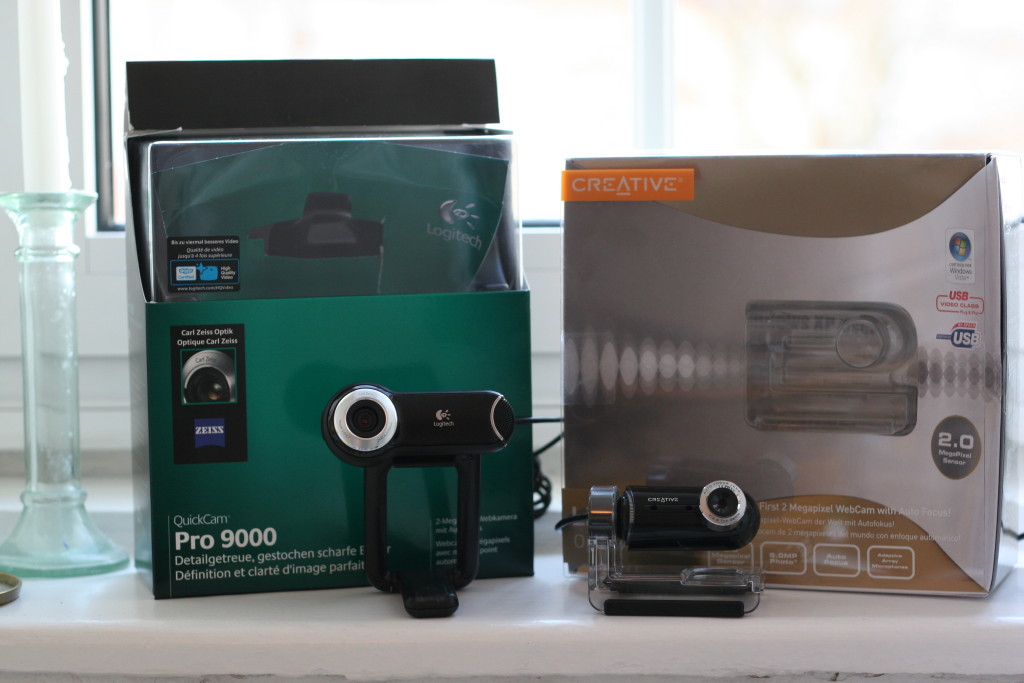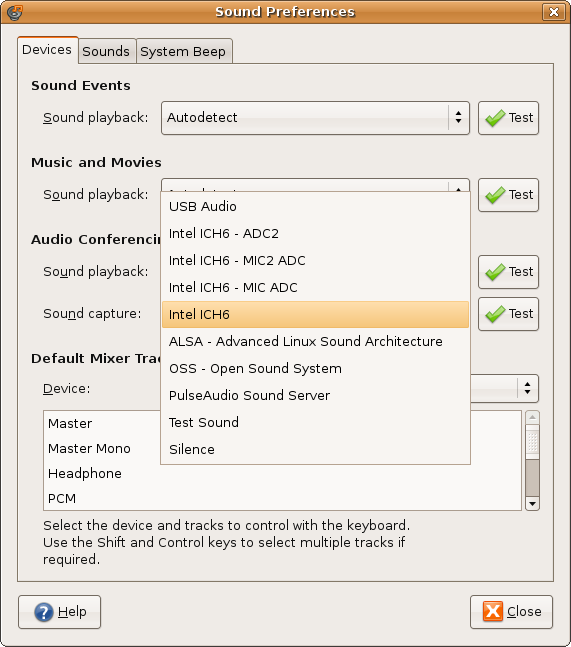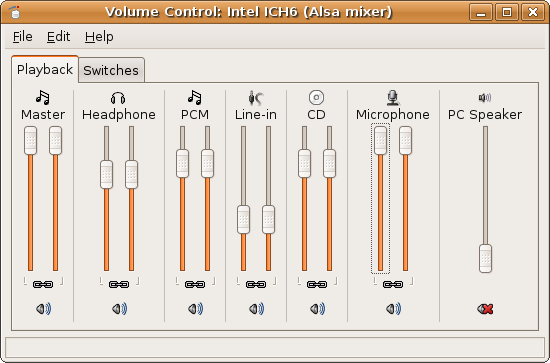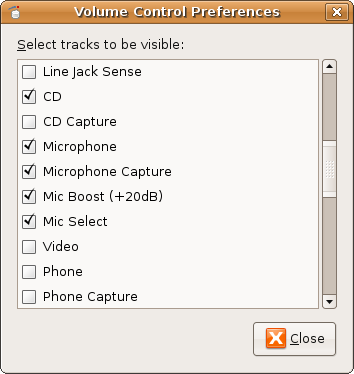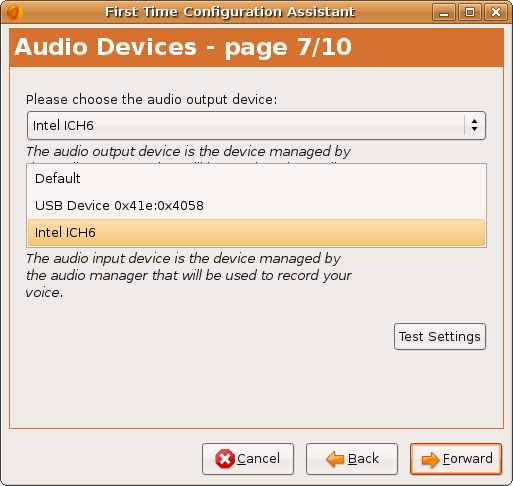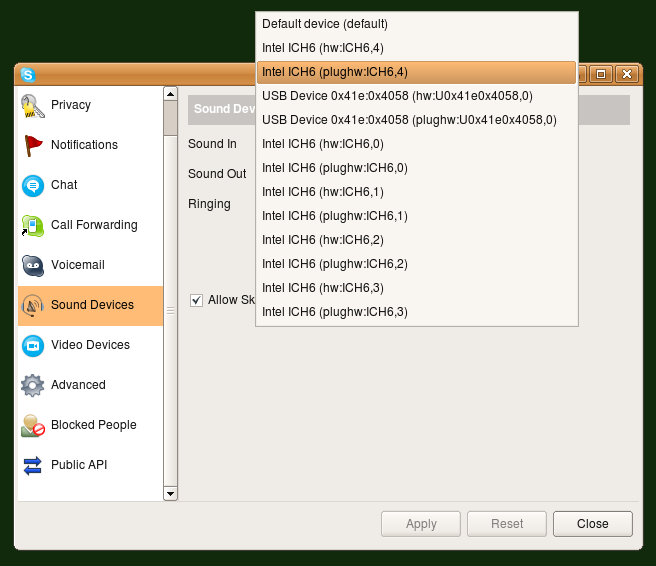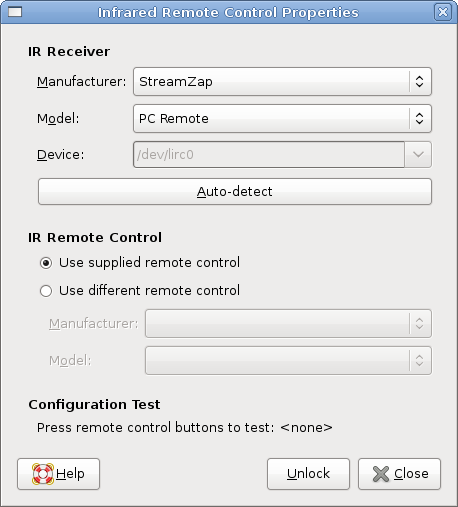The GNOME Foundation Board asked me to buy a webcam for the GNOME Events Box, so we could show Cheese on our stands. This could be cool together with the box’s new projector. I also wanted a webcam for my own use so Liam’s grandparents can see him in motion more often. So this was an opportunity to discover if any two available webcams really “just work” with Ubuntu, after doing some research and guessing. The results were great.
I bought a Logitech QuickCam Pro 9000 and a Creative Live! Cam Optia AF, both 2 Megapixel webcams. The video for both “just work”ed perfectly in Ekiga, Cheese, and Skype, on Ubuntu Linux Gutsy (7.10) and Hardy (8.04, currently in beta), though all these programs require you to choose the video input from a list, regardless of how well the webcam works. The Logitech one has a built-in microphone without an extra cable. The Creative one has a separate cheapish in-ear headphone+microphone headset for the regular 3.5mm “minijack” socket.
I recommend the Logitech because it has a convenient built-in USB microphone that avoids non-USB microphone hell, though you’ll obviously then need speakers for the output. I added it to my Ubuntu Hardware. That page has almost paid for the costs of the USB Wi-Fi sticks that I bought to discover one that worked. Maybe it will pay for my webcam too. What other hardware should I use that page for, to discover just one model that really “just works”? As I’ve said before, I think the hardware lists on the Ubuntu wiki are mostly useless for real users because nobody is insisting that “just works” really means “just works”, and nobody is flagging the ones that really do just work.
It was nice to see that these products have dire warnings about not attaching them to your Windows PC before installing the special software, and to see that Amazon has lots of comments about how people couldn’t get them working with Windows.
